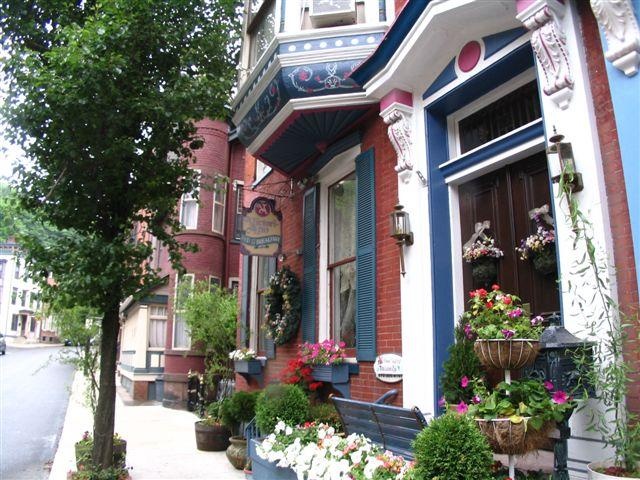By Yvonne Wright • The Current Contributing Writer
February is upon us, the shortest month in the calendar year, but much loaded with meaning and emotions. This year, February is also one day longer, a full 29 days, because it falls on a Leap Year. Derived for the Latin word februum and signifying the ancient Roman’s rites of purification, the month of February today is anything but a somber occasion. It is a month of Love, which envelopes a wide range of celebrations and attitudes, particularly evident if one lives in a culture that communicates the importance of love, romantic affection, and even lust, adorned with a healthy dose of commercial profit.
Well… what is love? It is a feeling best expressed in action, and therefore, how we really feel about someone or something is evident in what we do – almost any action of overdoing or overspending proves how much we care. The most fundamental principle of love is said to be love of life itself. Hence, while January is barely descending into the past, stores are already putting out festive red hearts, oversized plush animals that proclaim “I Love You,” and racks are filled with romance-scripted cards, while chocolate treats and flowers add glamour to the celebration of eternal love.
Saint Augustine, a fourth century philosopher, once cautioned that one must be able to “decipher the difference between love and lust,” a sentiment echoed by Images in Vogue in their 1980s song “You mistook my lust for love, didn’t you?,” asserting that emotions held dear and expressed only when feeling vulnerable enough to share, are primarily based on outward appearance. Science tends to view romance as a primal drive, similar to hunger or thirst; and yet, humans long for things that do not love them back – we love nature, food, a work of art, or a computer game; but the ultimate beauty of love is manifest when expressed unconditionally.
Love can make a man, or a woman, do anything and sacrifice everything for the betterment of a loved one, a country, or an ideal. Love can be platonic or passionate, and when one is in love the world seems a brighter, happier and better place. Love is an affection based upon trust and acceptance, “a romantic burst from the unconscious mind that plucks the heartstrings” (R. Douglas Fields), and produces that certain gleam in the eye that has extended across cultures and throughout millennia of human existence, and is at the core of life.
Artists have long been depicting the tender aspects of desire in their works. Whether they are chiseled in stone, cast in bronze or painted, love reveals itself splendidly in many forms -from aesthetically appropriated Biblical stories and ancient mythologies to contemporary events and modern angst. The creative interpretation of the mood-altering effects of love span from affectionate to ferocious, monogamous and polyamorous, fleeting and timeless, exposing dark and/or intriguing characteristics of love, replete with sexual innuendo. If you think Modernity opened our eyes to human emotional frailties, check out 17th century Baroque art!
The internationally acclaimed Belgian painter René Magritte is one of the greatest illusionistic Surrealists of all time. In his works, the artist was always more interested in psychologically hinting at what is concealed, than in stating the obvious, especially where the workings of the heart were concerned. Magritte believed that “Everything we see hides another thing, we always want to see what is hidden by what we see.” In his iconic work, The Lovers (1928), the artist did just that, concealed the intimacy and tenderness of a moment in time by portraying an unidentifiable couple kissing with their heads wrapped in grey cloth, locked in an ambiguous room.
Unable to communicate, the couple’s embrace signifies, perhaps, a love denied, especially when positioned in an empty room to suggest psychological confinement, or a socially imposed trap; furthermore, some art historians have suggested that the couple in the painting seem to be suffocating while kissing through the thick veils, indicating the oppressive rules of a society. The man’s presence appears dominant, with shoulders angled, as if pressing against the woman, who in turn leans slightly backwards. Classically, her red dress indicates love, passion, or perhaps anger, while the man’s suit is black, commonly associated with sadness or loss. The symbolism of the grey veils may indicate the purity of marriage now tainted by a romantic liaison… The Lovers is a work of art as complicated and difficult to decode as making sense of love itself; often called a capricious mistress, who dishes out pleasure and suffering in equal measure to afflicted souls.
This Valentine’s Day weekend of February 14th through 16th will bring much excitement and fun to Jim Thorpe. Starting with a Love & Light Luminary Stroll on Friday, organized by Conjured Soap Boutique and played out along the streets of downtown, followed on Saturday and Sunday by Winter Fest organized by JTTA – there won’t be much time for love birds to stay home and snuggle. Instead, come down to Jim Thorpe and join in festivities that celebrate love and winter. Be surrounded by the beautiful Pocono Mountains and charming Victorian architecture, and experience romance the old fashioned way, with ice carvings, ice bars, horse & carriage rides, live entertainment and fabulous foods! Stay for the night or make it a day trip, and remember ‘what happens in Jim Thorpe, stays in Jim Thorpe!’…
Yvonne Wright is the owner of STUDIO YNW at 100 West Broadway in Jim Thorpe.
She can be reached at studio.ynw@gmail.com



























Add Comment